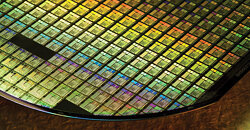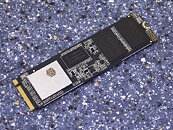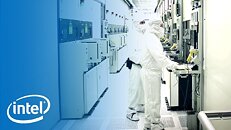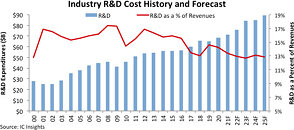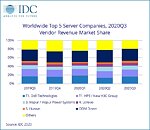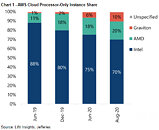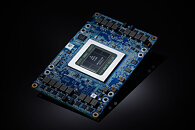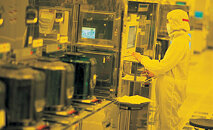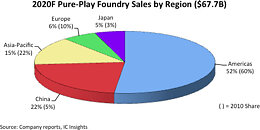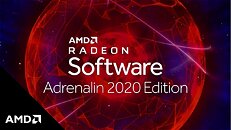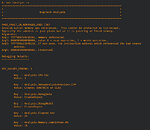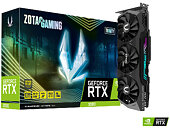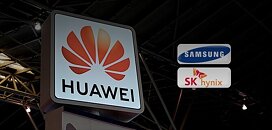
TSMC to Start 3 nm Node Production This Year
Taiwan Semiconductor Manufacturing Company (TSMC), the leading provider of semiconductors, is supposed to start 3 nm node production this year. While Samsung, one of the top three leading semiconductor foundries, has been struggling with the pandemic and delayed its 3 nm node for 2022, TSMC has managed to deliver it this year. According to a report, the Taiwanese semiconductor giant is preparing the 3 nm node for the second half of this year, with the correct date of high-volume product unknown. The expected wafer capacity for the new node is supposed to be around 30,000 wafers per month, with capacity expansion expected to hit around 105,000 wafers per month in 2023. This is similar to 5 nm's current numbers of 105,000 wafers per month output, which was 90,000 just a few months ago in Q4 2020. One of the biggest customers of the upcoming 3 nm node is Apple.
